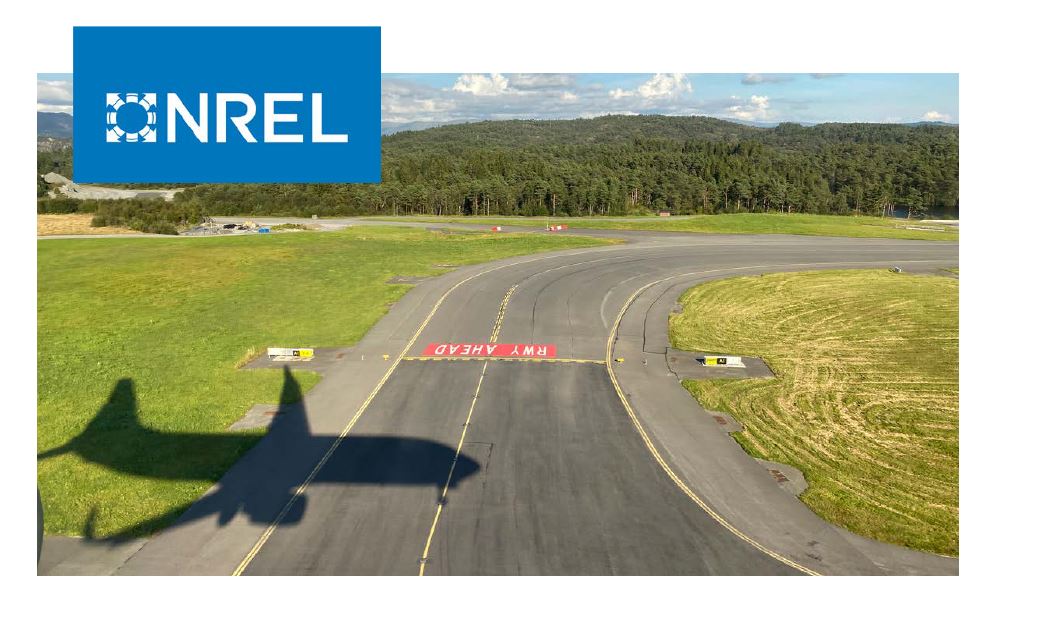
The US government National Renewable Energy Laboratory (NREL) has published a report that sets out to “analyse the electrical infrastructure that may be necessary to serve electrified aviation at a subset of airports where potential electrified flight demand has been provided.”
According to the executive summary “In the coming decades, air transportation of people and cargo is set to expand; however, several challenges currently face the aviation sector, including achieving greenhouse gas emissions reduction goals, serving larger populations through regional and local airports, managing aircraft noise, and reducing the cost of operations, to name a few.
“If electric aircraft were used in a localised scenario, they have the potential to transform the U.S. transportation sector. Rather than flying in a traditional hub-and-spoke scenario with large concentrations of aircraft at large hubs, electric aircraft could connect smaller regional or local airports directly. At these smaller airports, electric aircraft could efficiently utilize shorter runways, and due to their quiet operation, electric aircraft could serve rural communities with fewer local noise impacts. Electric aircraft have the potential to help:
- “Increase mobility opportunities for rural or small communities.
- “Transform decentralized airports into renewable energy hubs, where local solar and wind “installations could power the electric aircraft and send excess energy back to the community.
- “Decrease regional (short-distance) airplane travel costs.
- “Reduce ground transportation congestion and emissions.
“This report summarises an analysis of the electrical infrastructure that might be necessary to serve electric aircraft at a subset of airports where potential electric aircraft flight demand has been provided. Additionally, an estimate for the amount of on-site distributed energy resources (DERs)—i.e., solar photovoltaics (PV) and battery energy storage systems (BESS)—that could be used to serve electric aircraft in cost-effective scenarios is provided.”
For more information and to download the report
https://www.osti.gov/biblio/1923874
(Image: NREL)


